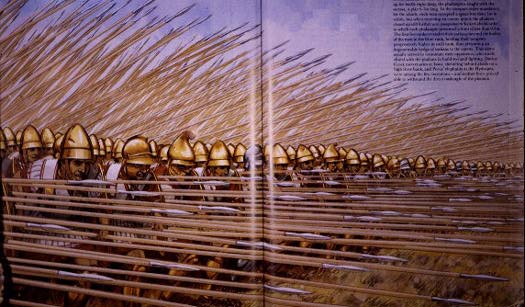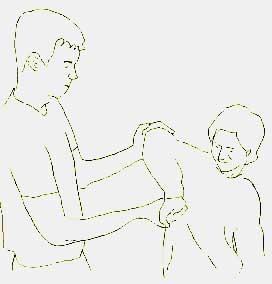Why Create a Martial Art?
/ I just wrote a long response to José de Freitas whose comment at the end of the New Students post is worth reading. It raises the very difficult and multi-layered question of why and how Chinese martial arts were created. To answer it adequately requires knowledge of Chinese history, religion, language (my weakness), and martial arts.
I just wrote a long response to José de Freitas whose comment at the end of the New Students post is worth reading. It raises the very difficult and multi-layered question of why and how Chinese martial arts were created. To answer it adequately requires knowledge of Chinese history, religion, language (my weakness), and martial arts.Here is an excerpt of my response to stimulate your appetite:
It might make more sense to argue that Chinese Martial Arts were created to promote the idea of universal responsibility. In a world with no aristocracy and no warrior class, it is the citizen-merchant-farmer who must be prepared to defend the nation, the family, and the internal social order. (Notice I did not include self-defense, which did not exist as an excuse for fighting in Chinese history.)
I absolutely love this question. If we look at all the individual and wildly diverse Chinese martial arts and all the individual and wildly diverse motivations people have for training in them--and try to work backwards to explain why they were created; it is a mighty tough task. What were the social milieus that inspired and supported the invention of Chinese martial arts? Do they exist in any form today?
I have commented in previous posts that there are quite a few books these days which assert that martial arts were created and preserved exclusively by people who had martial arts jobs. However; many martial arts creation stories talk about someone wandering out of the wilderness, or dreaming a dream, or finding a secret text. I find it hard to believe that these are just silly stories. It is more likely that they are summaries of a longer, more complex story. So in the next day or so I will take on the Taijiquan creation story.

 Back in the day, George Xu told me a story about a
Back in the day, George Xu told me a story about a
 Sun Tzu,
Sun Tzu,  I stay far away from politics in my blog. But yesterday's Wall Street Journal article about a self taught Tribal Warfare Expert named Iraq Mac is just too good to not submit to my readers too.
I stay far away from politics in my blog. But yesterday's Wall Street Journal article about a self taught Tribal Warfare Expert named Iraq Mac is just too good to not submit to my readers too.
 I think this picture helps explain why people developed rooting techniques. From the time of Alexander the Great until Julius Caesar this type of warfare was totally dominant.
I think this picture helps explain why people developed rooting techniques. From the time of Alexander the Great until Julius Caesar this type of warfare was totally dominant. with something called a Centurion. A Centurion was 100 men divided into 20 groups of 5 which were capable of acting as a unit.
with something called a Centurion. A Centurion was 100 men divided into 20 groups of 5 which were capable of acting as a unit. This is a continuation of the series on jin, that started below with a discussion of pulsing.
This is a continuation of the series on jin, that started below with a discussion of pulsing. Twisting unevenly will cause lots of damage. That's how joint locks and breaks work. Practice on a chicken if you want. For instance, to bust the wrist, just twist it while immobilizing the elbow.
Twisting unevenly will cause lots of damage. That's how joint locks and breaks work. Practice on a chicken if you want. For instance, to bust the wrist, just twist it while immobilizing the elbow. I'm working on some posts about fear, but they aren't finished yet.
I'm working on some posts about fear, but they aren't finished yet.